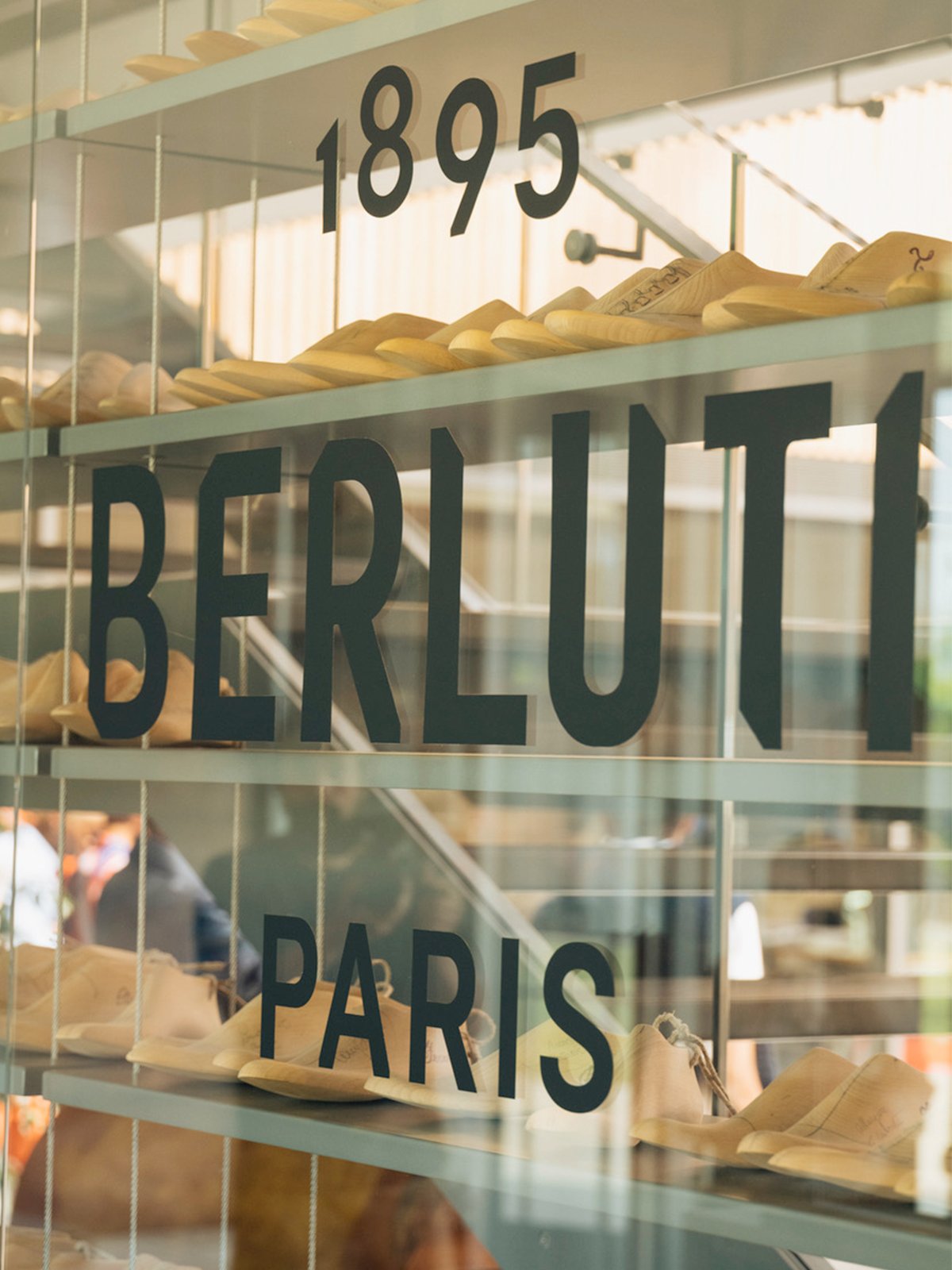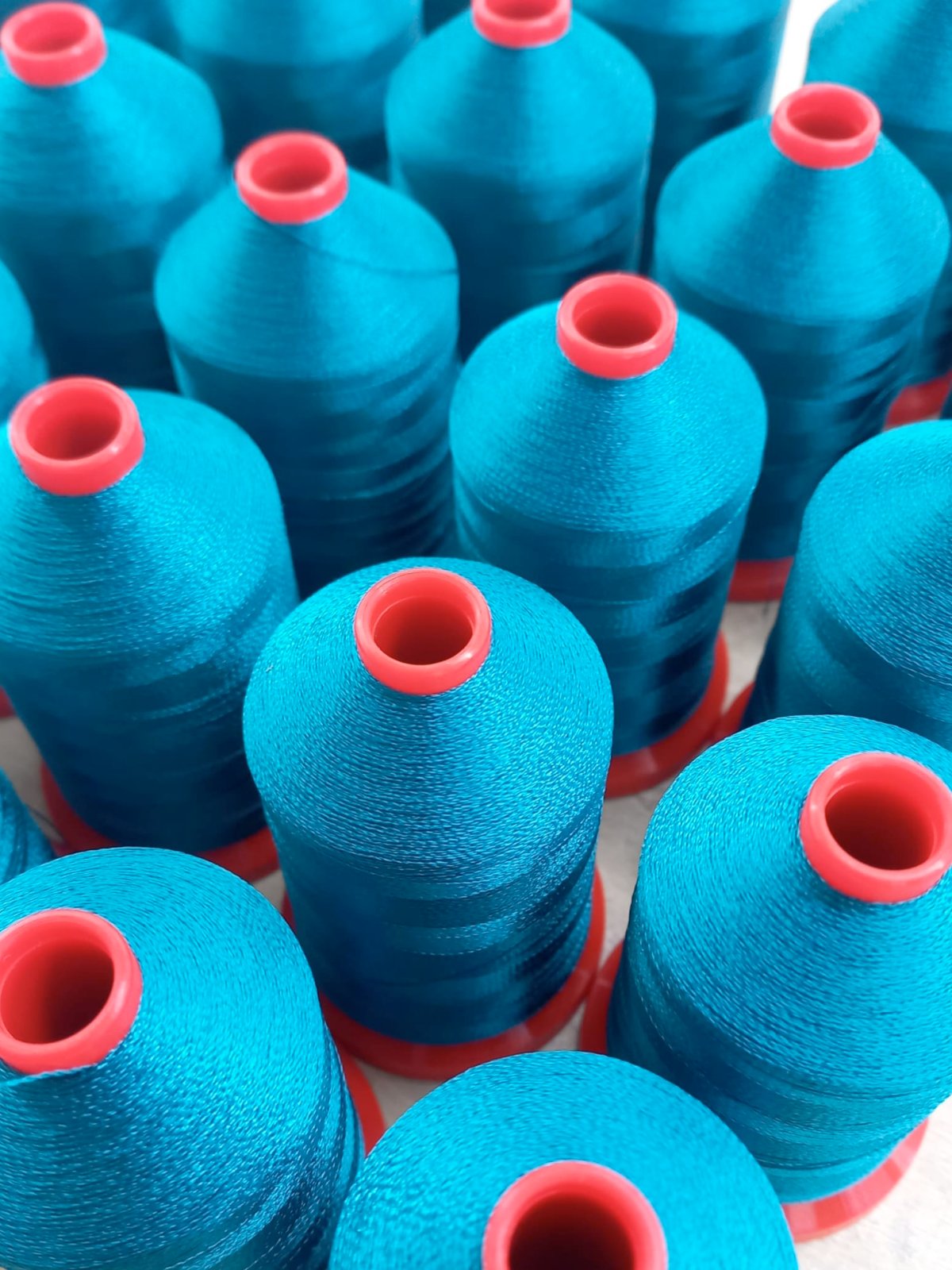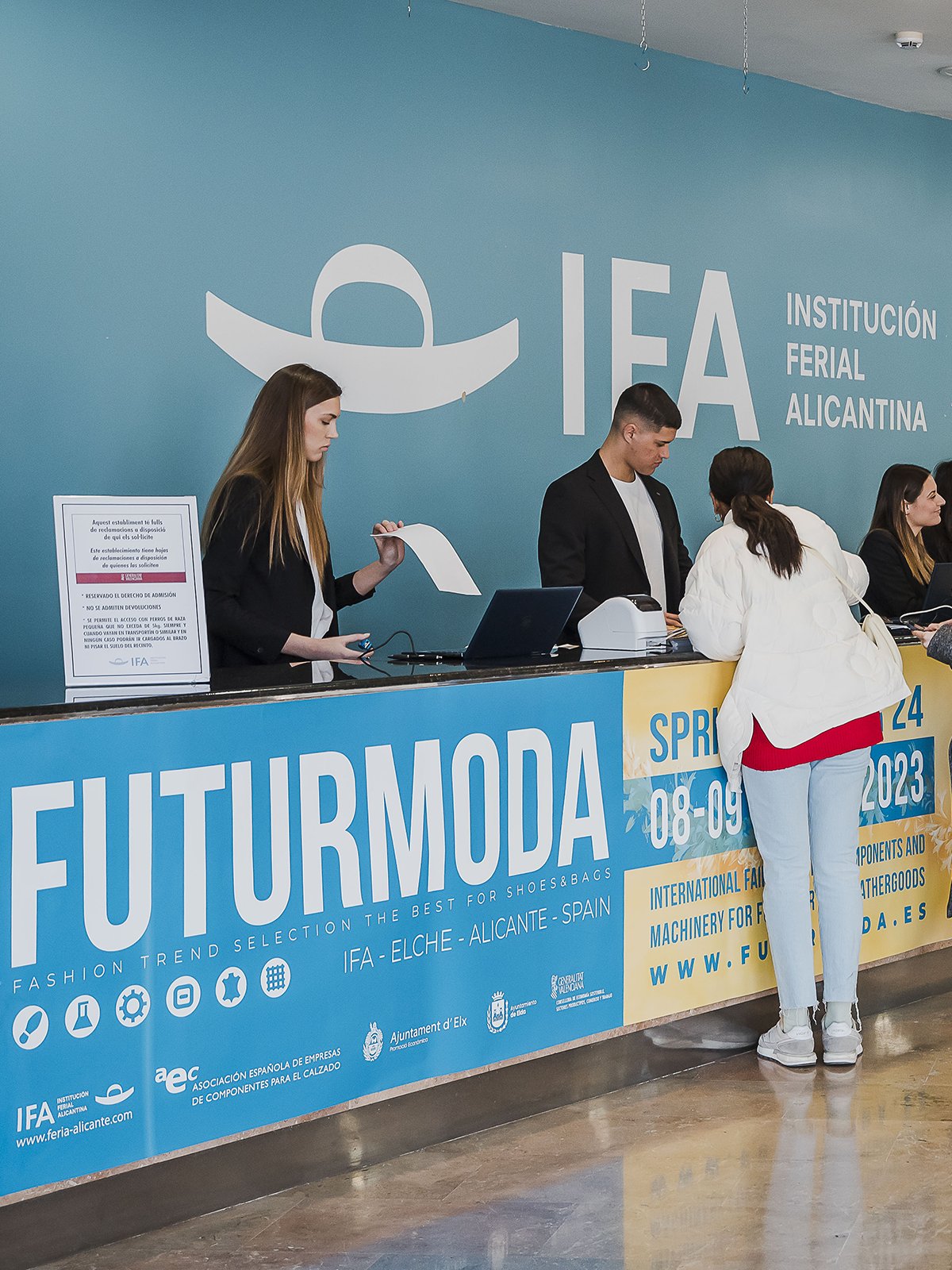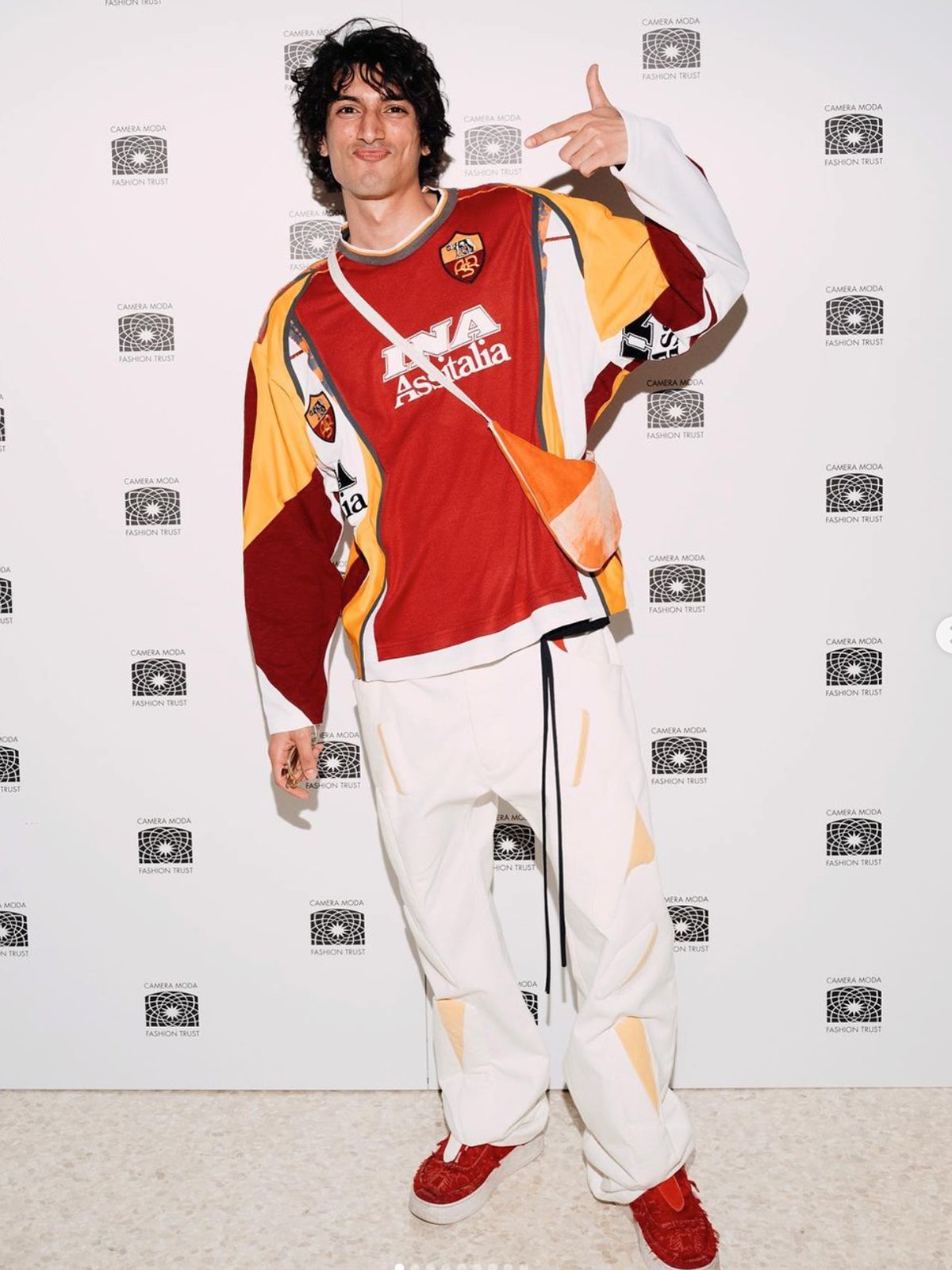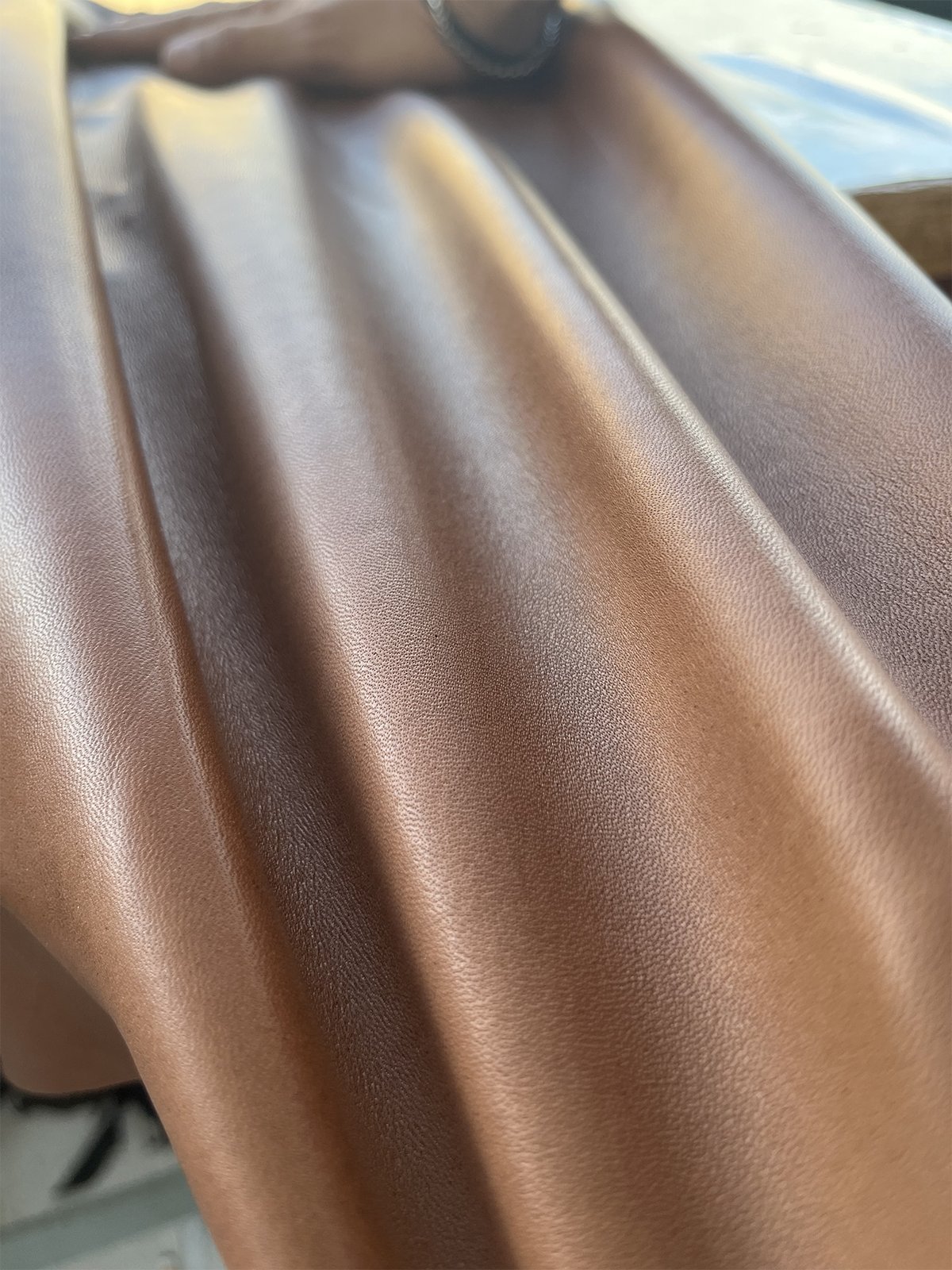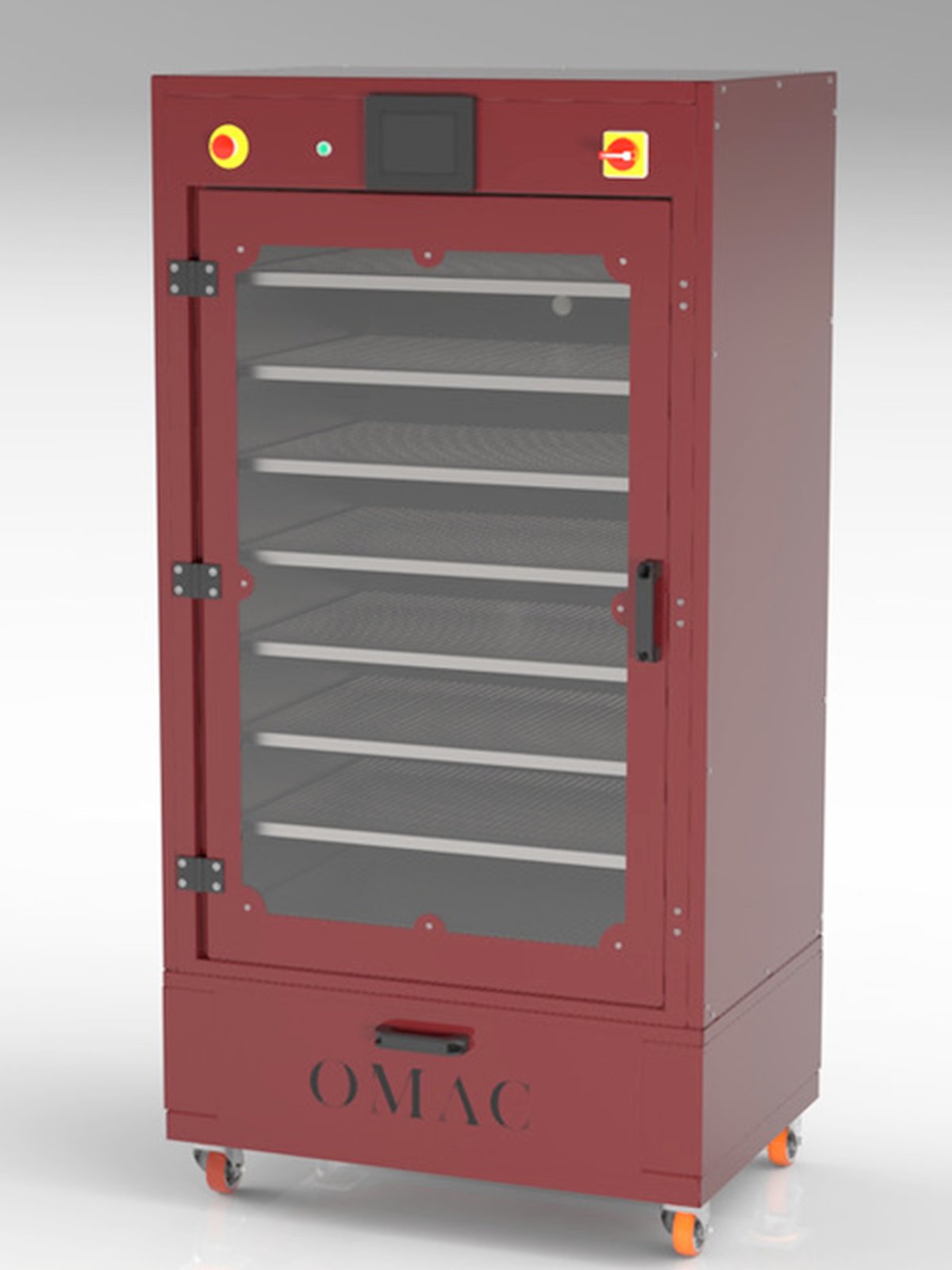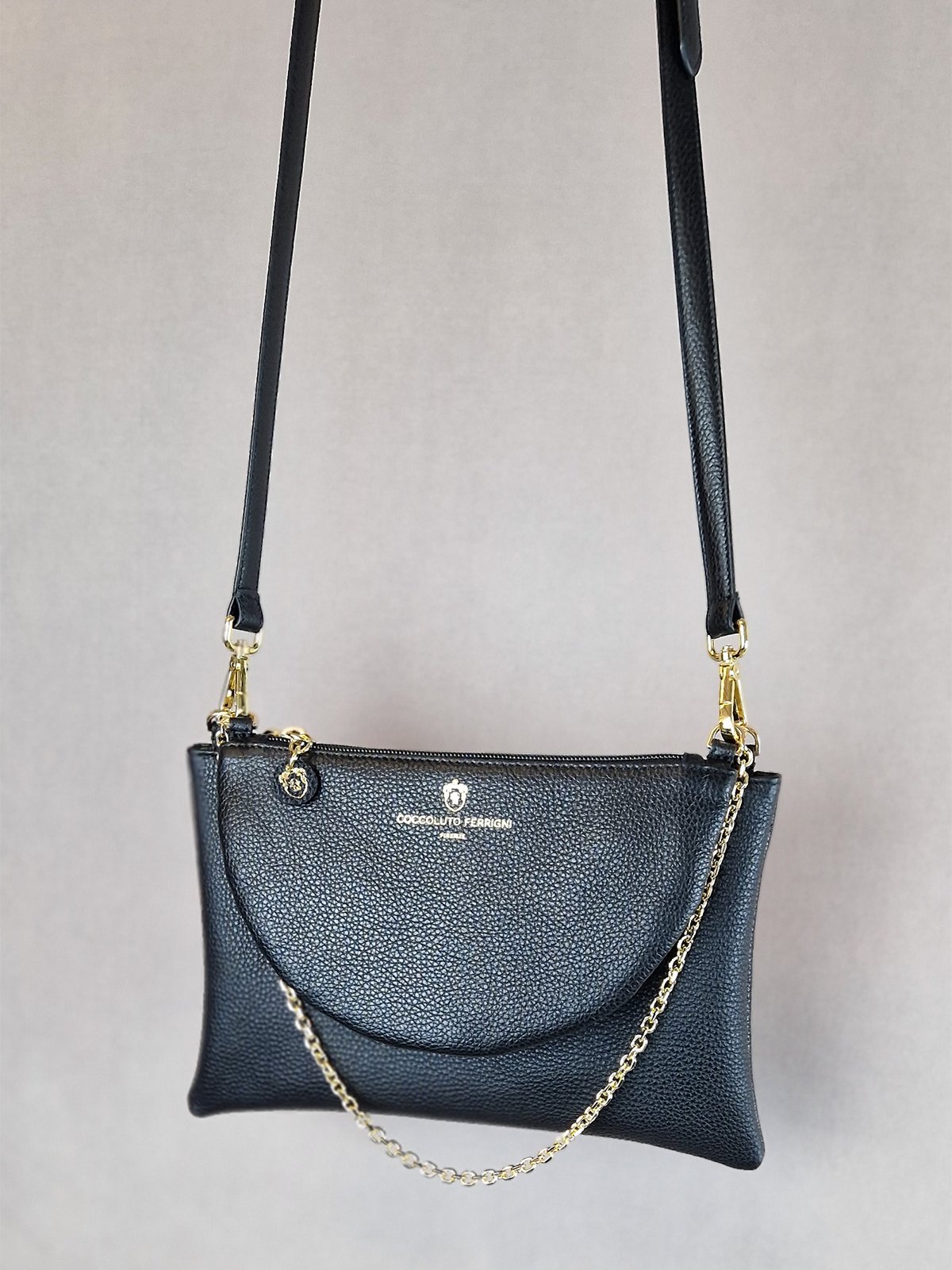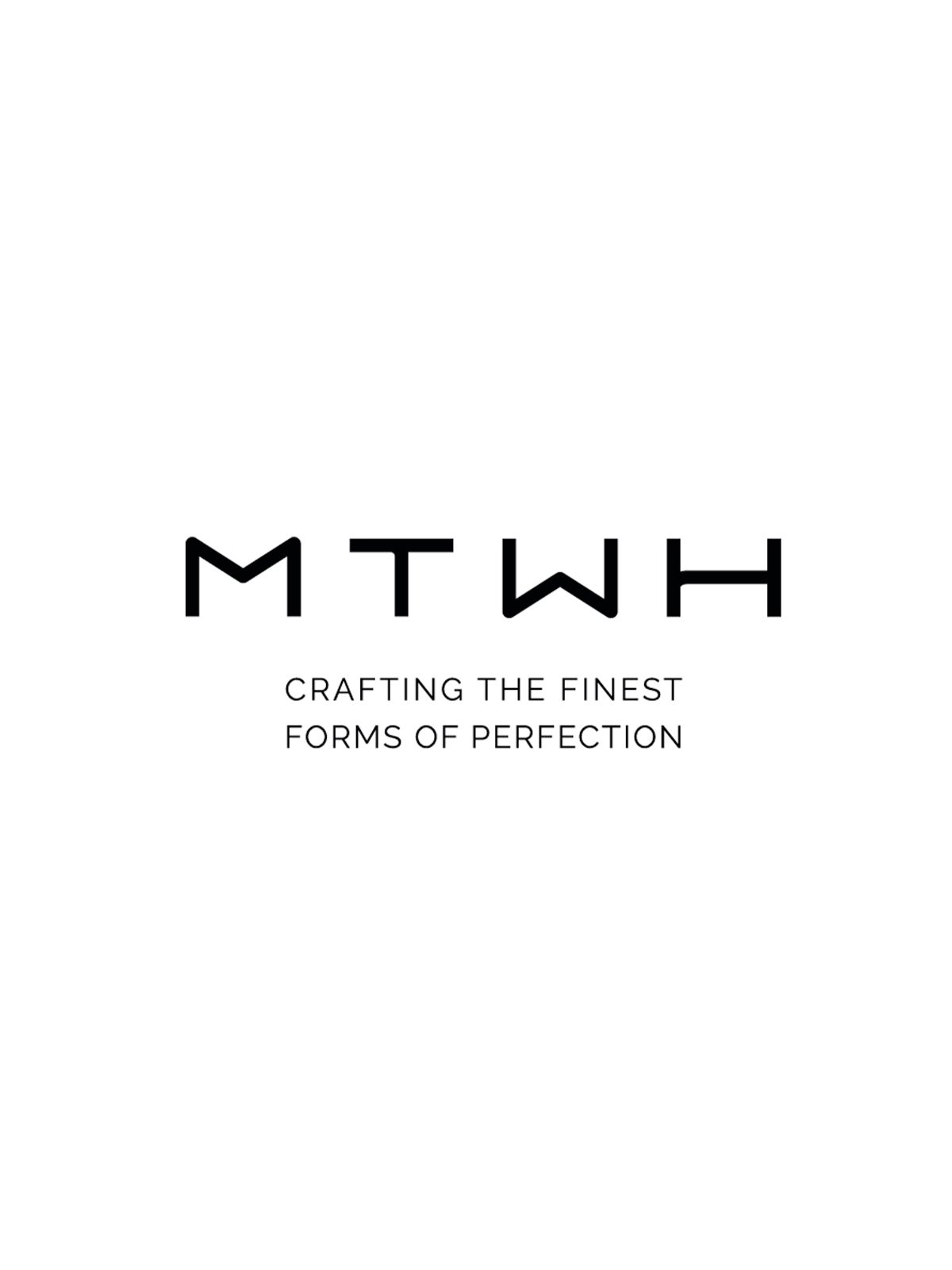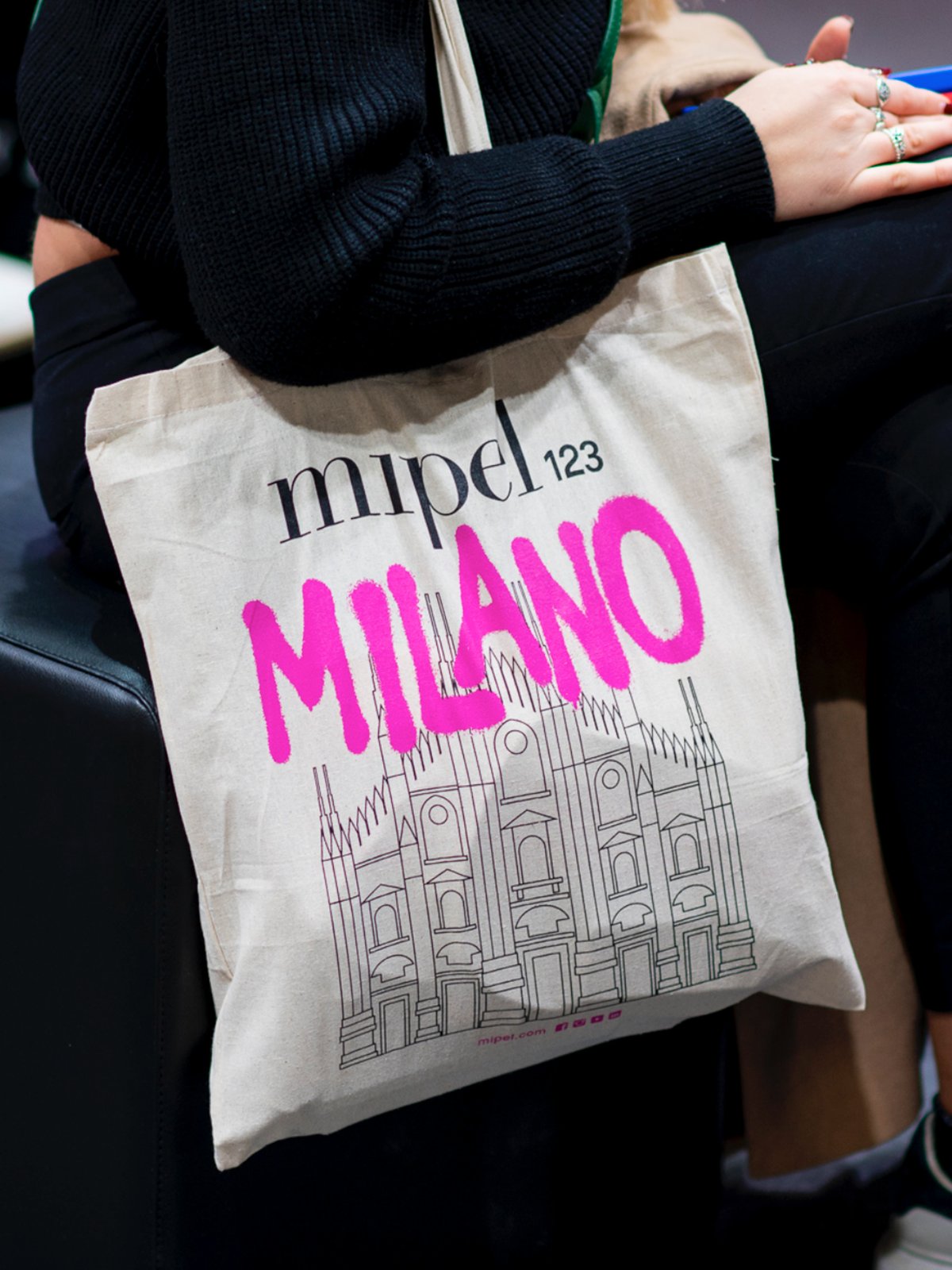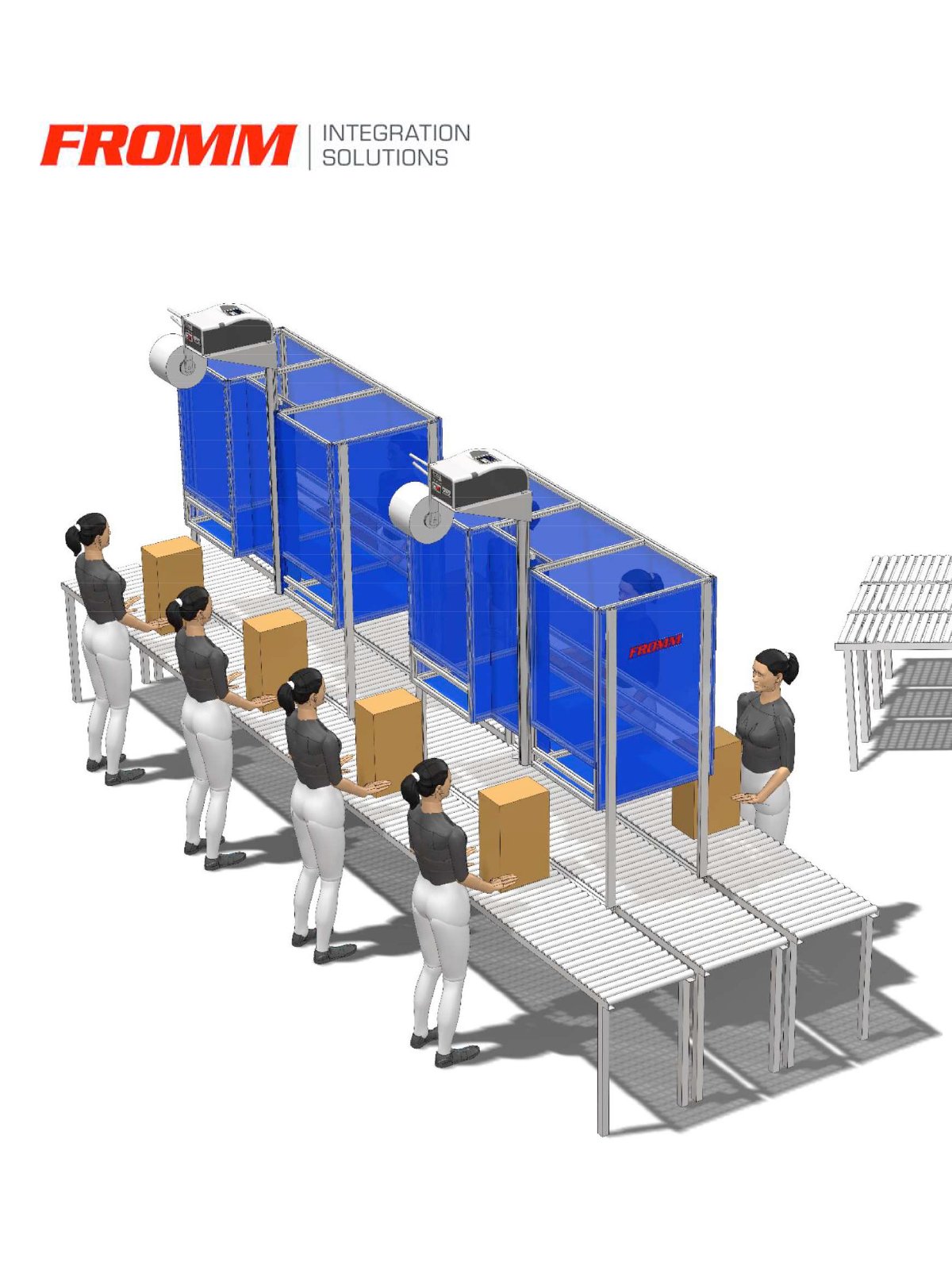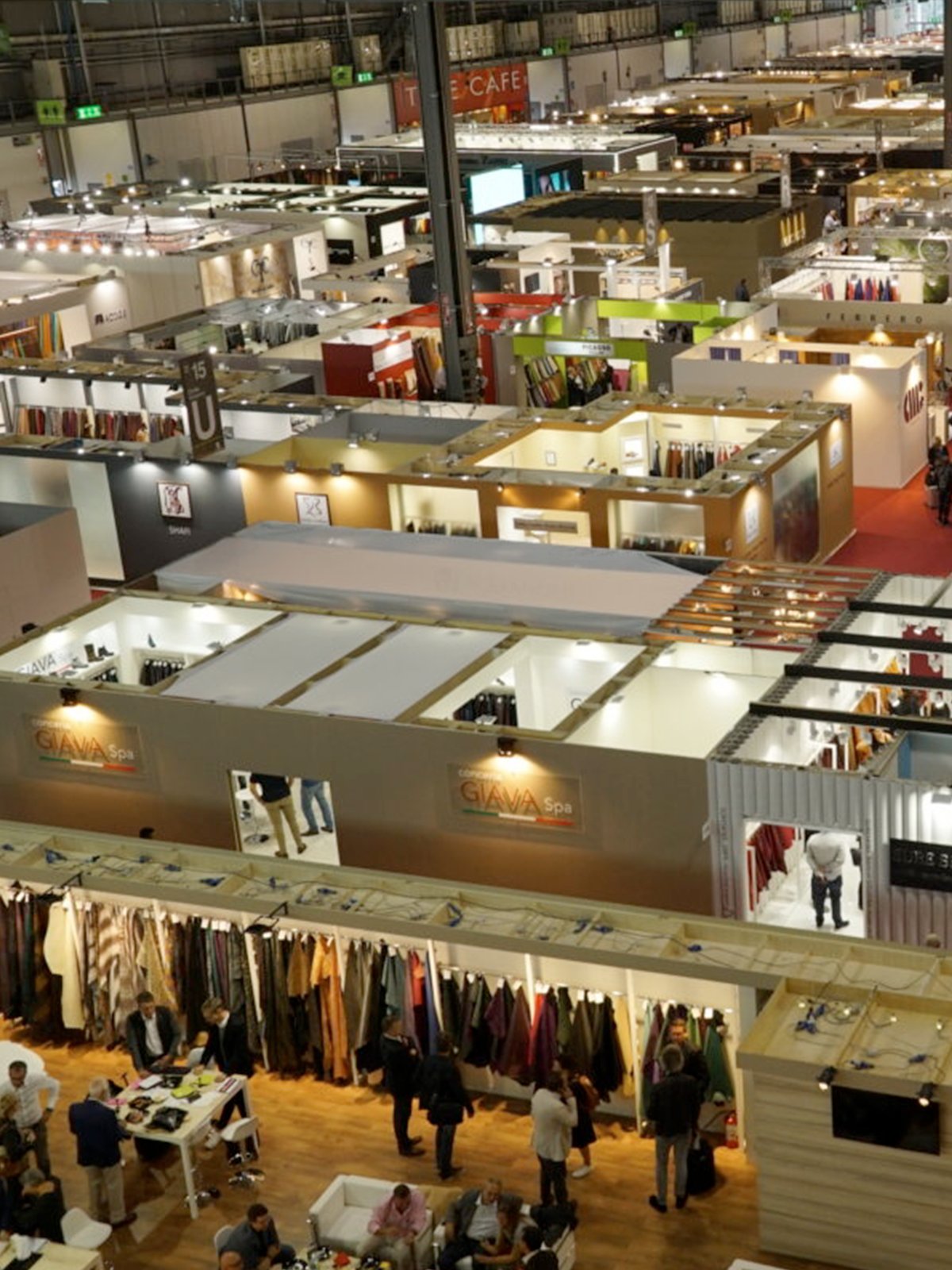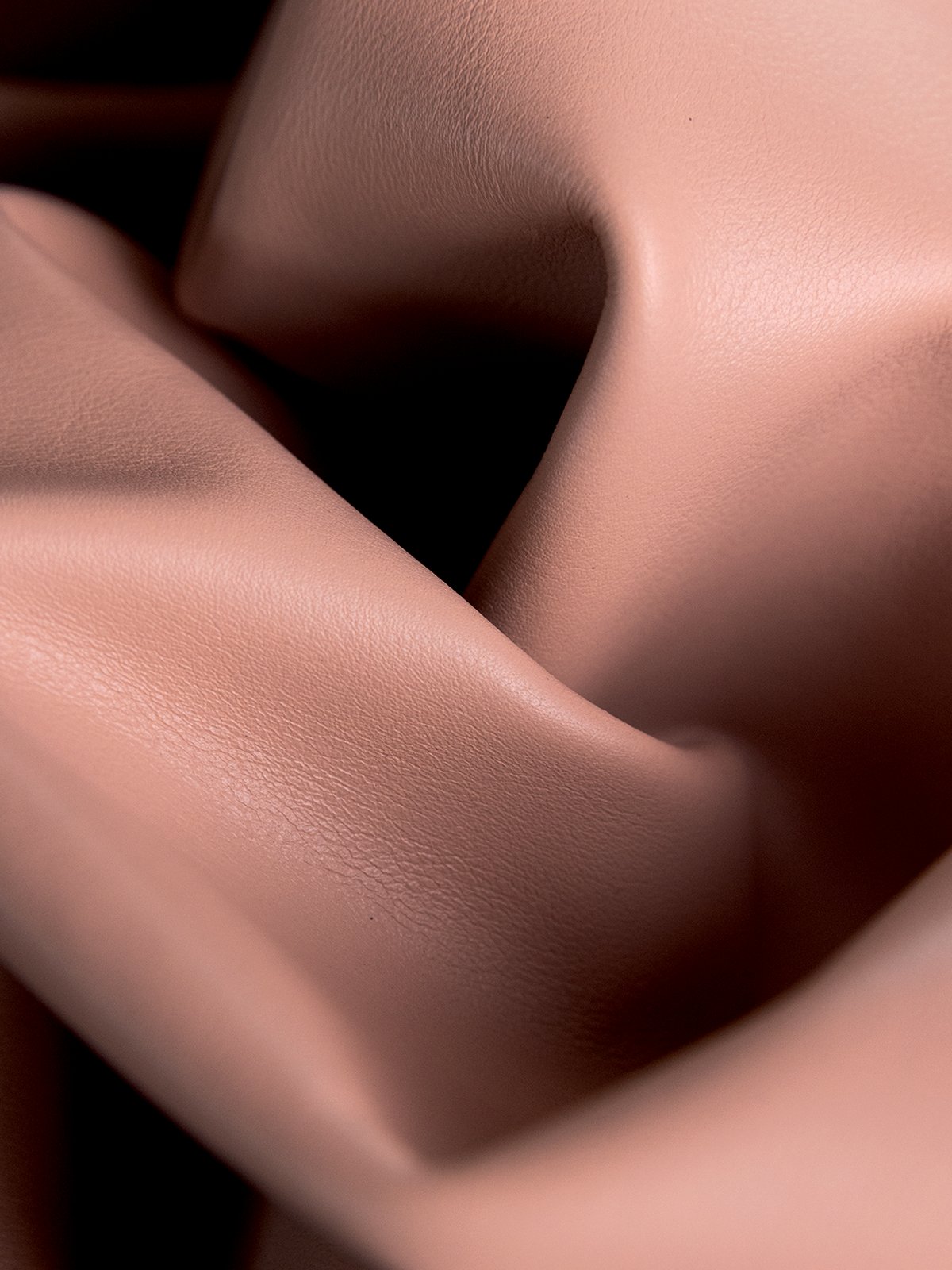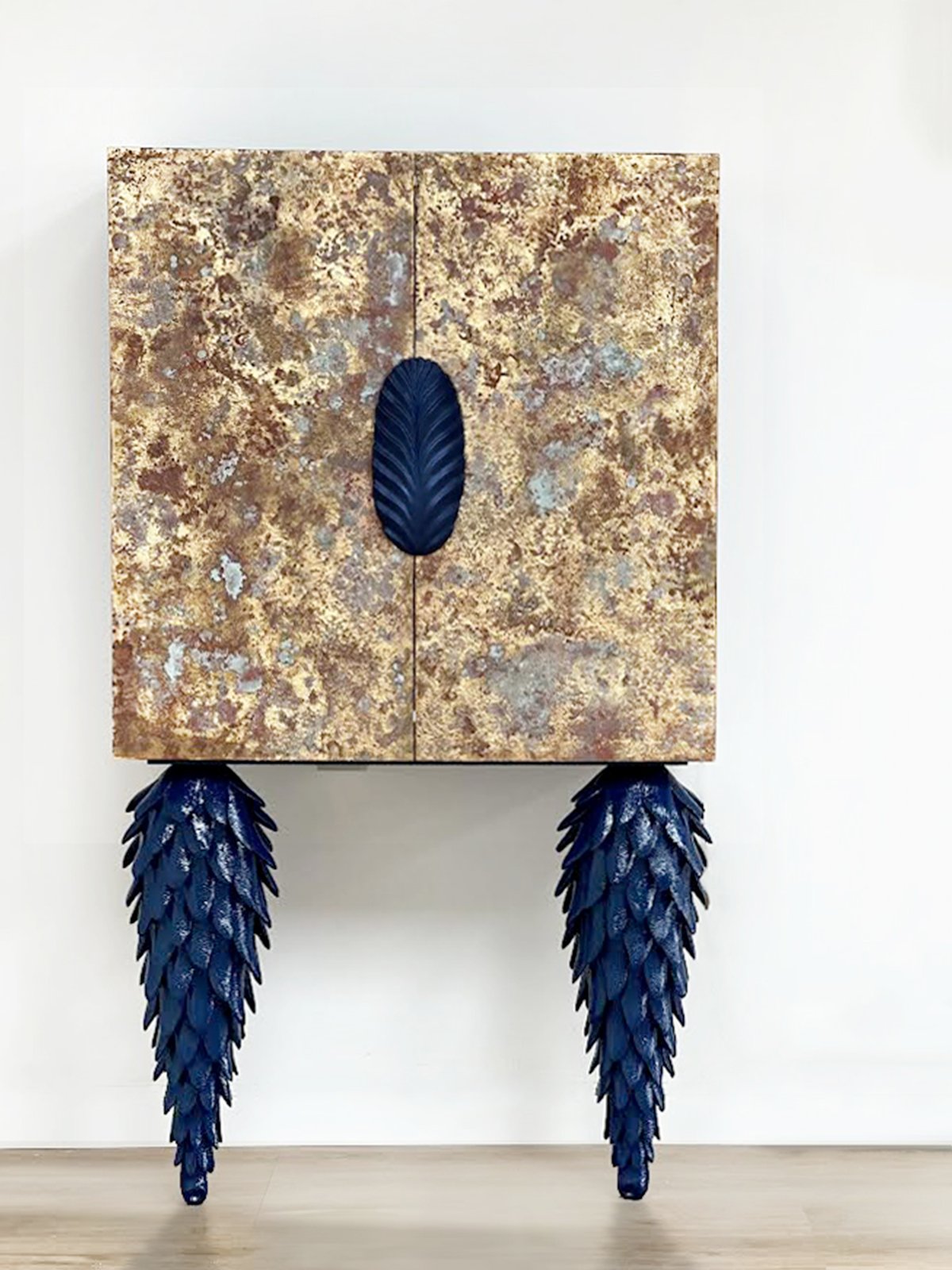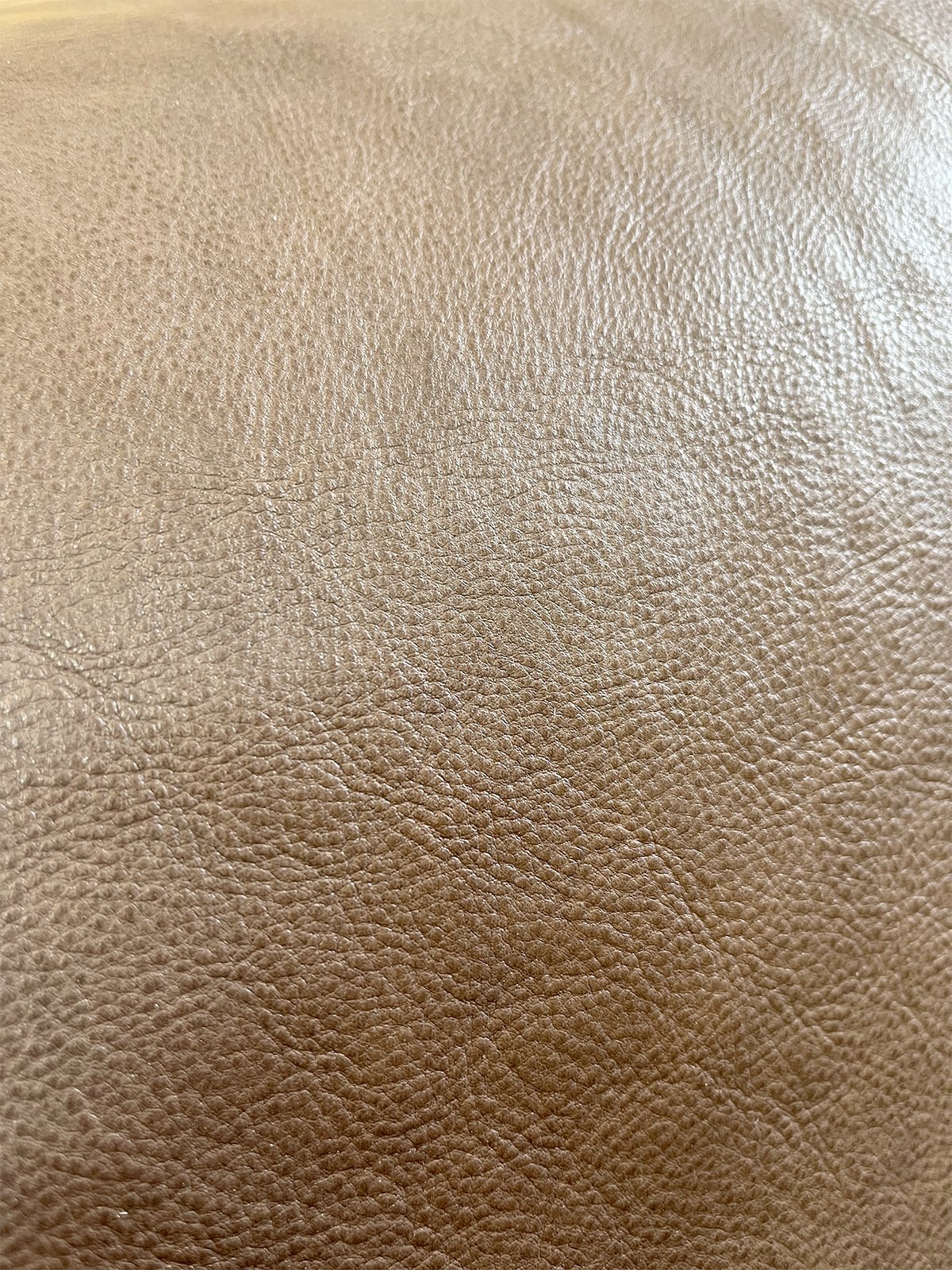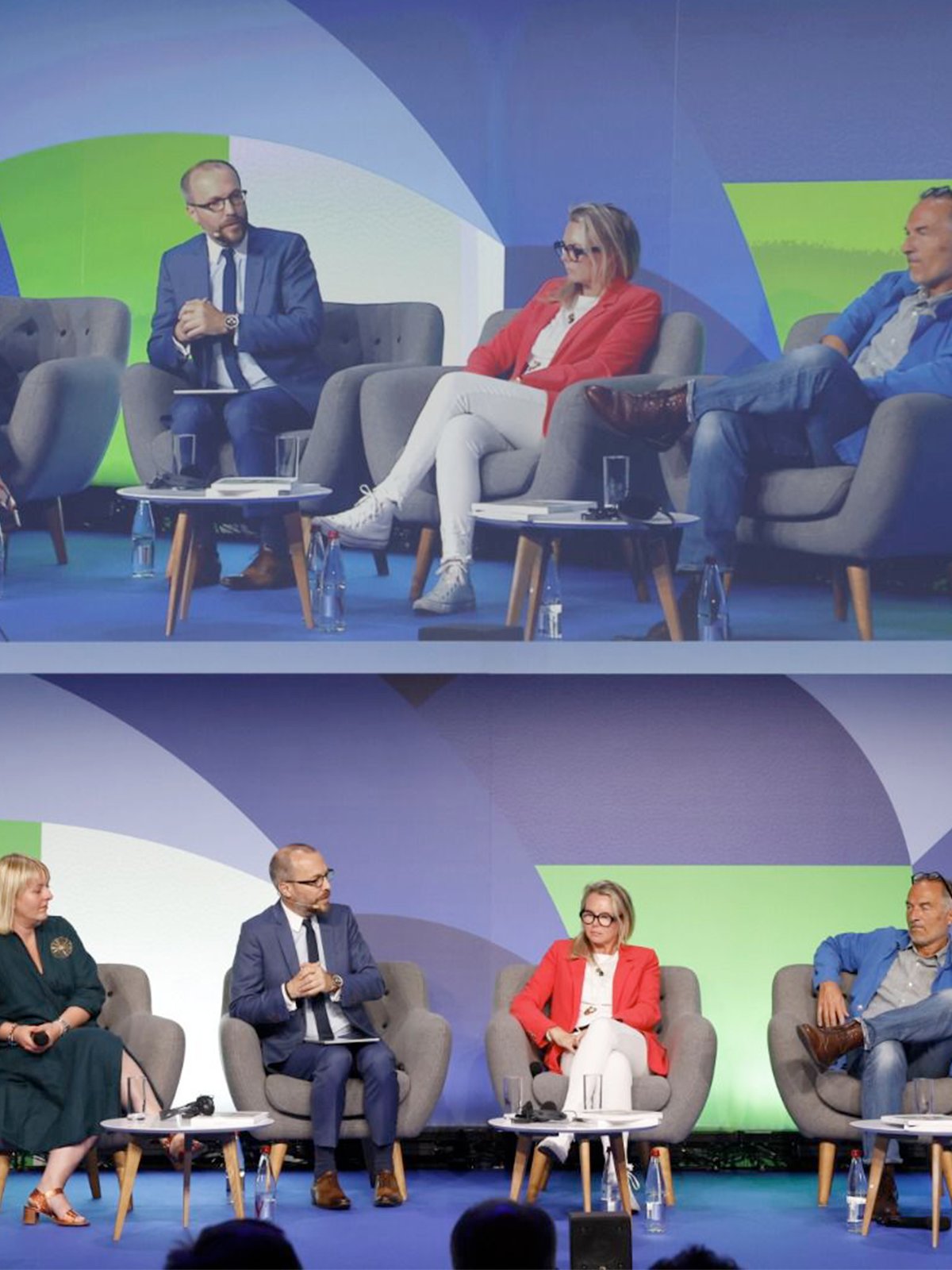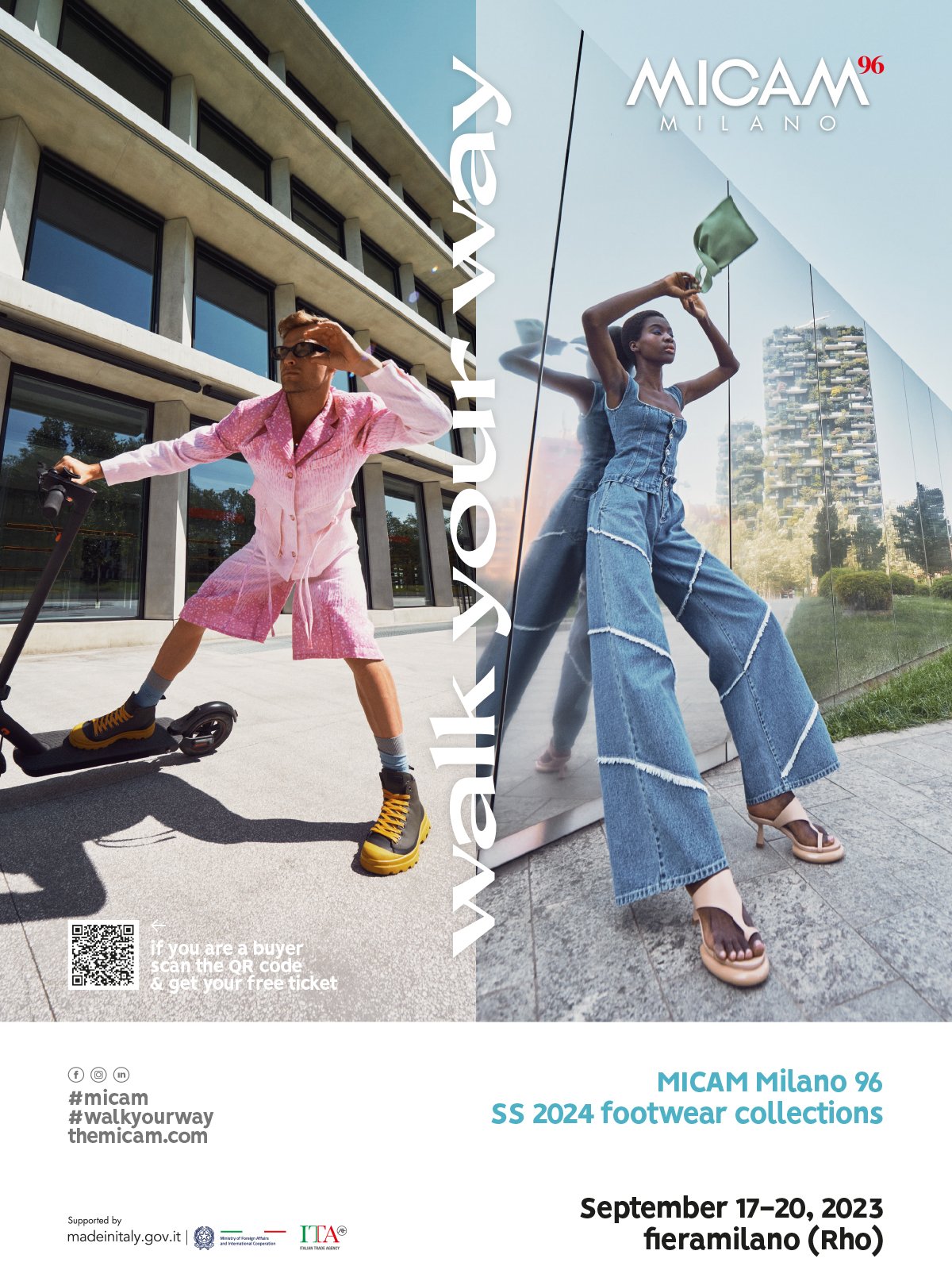News
The fashion supply chain and sustainable transition, the report by the Confindustria Study Center

Exports of Italian BBF (beautiful and well made) goods reach everywhere. This is what emerges from the "Exporting la Dolce Vita 2023 Report", focused on the fashion/goldsmith sector, presented by Tullio Buccellato, economist of the Confindustria Study Center on the occasion of the "Fashion supply chain and sustainable transition" initiative promoted by the Goldsmith and Jewelery Section of Confindustria Toscana Sud. An analysis of the performance of goods that represent Italian excellence with a focus on the fashion/goldsmith sector. For the sector, the USA and the EU remain fundamental for volumes, while the potential of the advanced Asian countries remains high. Analyzing the competitors, China and France are the main competitors in the types of BBF products in advanced countries.
Sace data was also presented on the analysis of new high-potential markets in the ASEAN area (Association of South-East Asian Nations), which still represents only 1.5% of total Italian exports, but which in 2022 has exceeded pre-pandemic levels. A figure worth reading considering that between 2010 and 2019 Italian exports to these countries grew at an average annual rate of 7%, reaching 9.3 billion euros, of which 1.6 billion concern Bbf goods (almost fourth composed of food and drinks, followed by jewellery-goldsmith and leather goods). Singapore remains the first Asean market for BBF exports, but the weight of Malaysia is growing, in particular for jewelery and goldsmithery, and Thailand for leather goods.
Space was also dedicated to the sustainable development objectives specific to fashion. These include overcoming fast fashion and promoting consumption models and chrome-free or metal-free products, as well as respecting best practices and regulations regarding conflict minerals. The agenda also requires the implementation of systems for the disposal of waste water and, in the leather goods and footwear sector, to contain the production of sludge, avoid the supply of any species subject to illegal trafficking, guarantee high standards of animal welfare and traceability. of the leather supply chain. And also minimize the release of microplastics and microfibres along the life cycle of the product during the pre-washing and laser cutting phases.

